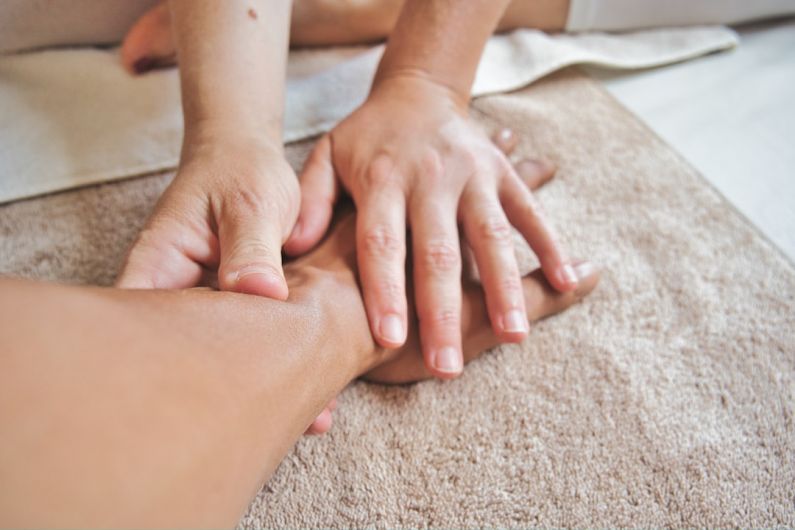Massage Therapy for Athletes: Benefits and Techniques
Athletes are constantly pushing their bodies to the limit in pursuit of excellence, often leading to muscle soreness, tightness, and fatigue. While proper training and rest are essential for athletic performance, incorporating massage therapy into an athlete’s routine can provide numerous benefits in terms of recovery, performance enhancement, and injury prevention.
**Understanding the Benefits of Massage Therapy for Athletes**
Massage therapy has been used for centuries to promote healing and relaxation, but its benefits for athletes go beyond just stress relief. One of the primary advantages of massage therapy for athletes is its ability to improve circulation and reduce muscle tension. By increasing blood flow to the muscles, massage helps deliver oxygen and nutrients while flushing out toxins, resulting in quicker recovery times and reduced soreness after intense workouts or competitions.
In addition to physical benefits, massage therapy can also have a positive impact on an athlete’s mental well-being. The relaxation and stress-reducing effects of massage can help athletes unwind and rejuvenate both their bodies and minds, leading to improved focus and mental clarity during training and competition.
**Techniques Used in Massage Therapy for Athletes**
There are several massage techniques commonly used in sports massage to target different areas of the body and address specific issues that athletes may face. One such technique is Swedish massage, which involves long, flowing strokes to promote relaxation and improve circulation. Deep tissue massage, on the other hand, targets deeper layers of muscle tissue to release tension and alleviate chronic pain.
Trigger point therapy is another technique often used in sports massage to address specific areas of muscle tightness or knots. By applying pressure to these trigger points, therapists can help release tension and restore proper muscle function, ultimately improving range of motion and reducing the risk of injury.
Myofascial release is a technique that focuses on the fascia, a connective tissue that surrounds muscles and organs. By applying sustained pressure to the fascia, therapists can help release restrictions and improve mobility, allowing athletes to move more freely and efficiently.
**Benefits of Massage Therapy for Athletic Performance**
Incorporating regular massage therapy into an athlete’s training regimen can have a significant impact on their overall performance. By reducing muscle tension and soreness, improving circulation, and enhancing flexibility, athletes can move more efficiently and effectively, leading to improved athletic performance and decreased risk of injury.
Massage therapy can also help athletes recover more quickly from intense workouts or competitions, allowing them to train harder and more consistently. By promoting relaxation and reducing stress, massage therapy can also help athletes maintain a positive mindset and mental focus, essential for peak performance in sports.
**Maximizing the Benefits of Massage Therapy**
To maximize the benefits of massage therapy for athletes, it is essential to work with a skilled and experienced massage therapist who understands the unique needs of athletes. Communication between the athlete and the therapist is crucial to ensure that the massage is tailored to address specific issues and goals.
Athletes should also consider incorporating massage therapy into their overall training plan on a regular basis, rather than just as a one-time treatment. Consistency is key when it comes to reaping the full benefits of massage therapy, so scheduling regular sessions can help athletes maintain optimal performance and recovery.
**In Summary**
Massage therapy can be a valuable tool for athletes looking to enhance their performance, recover more quickly, and prevent injuries. By incorporating techniques such as Swedish massage, deep tissue massage, trigger point therapy, and myofascial release into their training routine, athletes can experience improved circulation, reduced muscle tension, and enhanced flexibility.
Working with a skilled massage therapist and communicating effectively about goals and concerns can help athletes maximize the benefits of massage therapy. By making massage therapy a regular part of their training plan, athletes can support their physical and mental well-being, ultimately leading to improved performance and overall athletic success.






